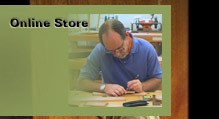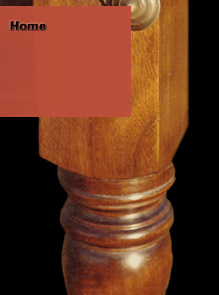





The Table saw Book (2nd edition)
Introduction
Introduction to the Table Saw
Table-Saw Anatomy
Basic Safety Equipment
Types of Table Saws
Buying a Table Saw
What Size Saw?
Combination Machines
Features to Consider
Buying a Used Saw
Table-Saw Blades
Blade Design and Anatomy
Selecting the Right Blade for the Job
Gauging Blade Quality
Specialty Blades
Blade Stiffeners
Blade Care
Safety
The Risks
Safety Accessories
Dust Protection
First-Aid Procedures
Table-Saw Tune-Up and Maintenance
Initial and Periodic Tune-Ups
Arbor and Bearings
Cleaning and Lubricating the Internal Parts
Eliminating Gear Backlash
Pulley Alignment and Belt Inspection
Setting the Blade-Angle Stops
Stabilizing the Base
Aligning the Tables
Aligning the Miter-Gauge Slots to the Blade
Aligning the Splitter to the Blade
Adjusting the Rip Fence
Adjusting the Miter Gauge
Cleaning and Maintaining Work Surfaces
The Table-Saw Workstation
Saw Placement
Wiring
Lighting
Dust Collection at the Table Saw
Shop Accessories
Tools at the Table Saw
Ripping
Preparing Wood
Basic Ripping Techniques
Ripping Long Stock
Ripping Sheet Stock
Ripping Narrow Stock
Ripping Short Pieces
Ripping Thin Stock
Ripping Thick Stock
Resawing
Ripping Angles
Ripping Bevels
Crosscutting
Guiding the Workpiece
Basic Crosscutting Techniques
Repetitive Crosscutting
Crosscutting Wide Panels
Crosscutting Short Pieces
Crosscutting Bevels
Crosscutting Miters
Cutting Joints and Shapes
Butt Joints
Rabbets, Dadoes, and Grooves
Sliding Dovetails
Lap Joints
Bridle Joints
Mortise-and-Tenon Joints
Finger Joints
Miter Joints
Coves
Kerf Bending
Pattern Sawing
Sources
Index
© 2004 designed by Flying High Design.
 |
|

|
|
 |
|
 |
|
 |
|
 |
|